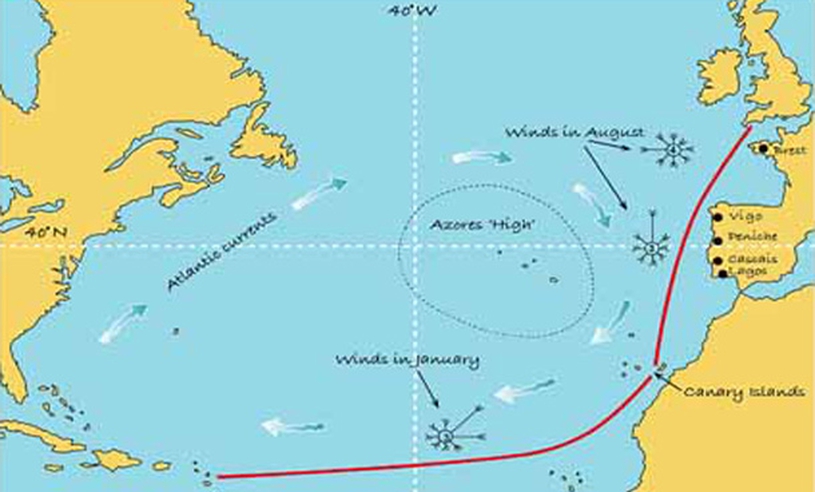tinpan
Silver Member
Part IV
There is some evidence of a Templar presence in the Western Highlands of Scotland in about 1308. Robert the Bruce while preparing to rid Scotland of the English had a secret meeting at the small Abbey of Ardchattan in early 1308. It is said he met with a leader of one of the Western Clans, but being secret nobody knows for sure. I premise he had met with a group of Templars who had wintered at Ardchattan, more that likely to discover their intentions. At the same time a few English and Scottish Knights in the know (of the inner circle) would have shown up at the Priory.
One of the more famous photos in the Jesus, Mary Magdalene, bloodline theory is of a stained glass window in a small church on the Isle of Mull, very near to Ardchattan Priory. A photo that obviously shows a very pregnant Mary Magdalene walking hand in hand with Jesus.
There are also carved stone graveslabs in the Western Highlands that some believe represent Templar Knights. This is questioned by many detractors, who claim they only represent local Scottish Knights. Of course this may be true in part, but I have seen most of them and a few must be questioned. And one fact that gets overlooked is that they do represent an immediate change in the type and quality of the actual carvings that occurred in the very early 12th century in this area of Scotland. In other words, it seems that better qualified stone carvers showed up in the Western Highlands at the beginning of the 1300s.
There was quite a bit of Norse descent (DNA) in this part of Scotland, even within the Clan Leaders themselves. The area had been under Norse control only a few decades earlier and in 1308 they were still making a few voyages to the Greenland Settlements. My premise includes a Norse (Viking), Templar, connection at various times between the acquiring of their first houses until the Orders vessels arrived at Ardchattan. A connection that resulted in the knowledge of a water route to the Vikings Vinland. A map that today could have been drawn on a bar napkin.
With knowledge of a new navigation tool not available to the Vikings, the cross staff, giving them the ability to determine latitude accurately they would, in my opinion, have left for Vinland in early summer of 1308. The ships were already some 14 years old and the longer they would wait the older they would get, and there was also the possibility of discovery by English or even French authorities.
The routes the Norse had used for some three centuries contained no over water legs of longer then around 250 miles, even to the settlement on Newfoundland.
During the heyday of these legends detractors have always maintained that Templar vessels could not have made these voyages as they couldn't carry enough water and the vessels themselves could not take the rough seas of the Atlantic. But with only 250 mile legs, I posit water would not be a problem and their seaworthiness had already been well proven after years in the Mediterranean.
Certainly the Vikings had made this same voyage in vessels even smaller then the Templar galleys 300 years earlier.
(Vinland, blue apples) cheers, Loki
Hi.October 31 2019 , Media release from the 95,000 litre water cistern and connected irrigation tunnel built by the Crusaders beneath the Port City of Acre. Archeological institutions digging this location are saying there no evidence of treasure or secret tunnels to escape from the port . Second they clearly state that Templars didnot get married or have children Quote ' Salacious Tales of Templar Monks . More wild fantastic conjured stories.
TP




